In a major shift for U.S. retirement planning, President Donald Trump has signed an executive order allowing 401(k) participants to invest in cryptocurrencies and private market assets. The move, aimed at expanding investment choices, has sparked both excitement and concern among financial experts.
The order directs the Department of Labor to revise existing rules, enabling retirement plans to include digital assets, venture capital, private equity, and other non-traditional investments. Supporters argue the change will give Americans more tools to grow their savings and potentially achieve higher returns, especially as traditional markets face volatility.
Proponents of the policy see it as a way to modernize retirement savings in an evolving financial landscape. They point out that high-growth sectors such as blockchain technology and early-stage private companies have historically been out of reach for most retirement accounts. Allowing access could help everyday investors benefit from opportunities previously reserved for wealthy individuals and institutional funds.
However, critics warn the policy could expose savers to significant risks. Cryptocurrencies, in particular, are known for extreme price swings, while private investments often lack transparency and liquidity. Some analysts caution that without strict safeguards, inexperienced investors could suffer heavy losses that would jeopardize their retirement security.
The executive order is expected to prompt swift regulatory changes, with the Labor Department tasked with issuing guidance for plan administrators. Financial advisors are bracing for a surge of questions from clients about the new options, as well as debates over how to balance potential gains with prudent risk management.
While the policy could transform the retirement investment landscape, experts agree that education and responsible planning will be critical. For many savers, the challenge will be weighing the lure of high-growth opportunities against the safety and stability that retirement funds are traditionally meant to provide.

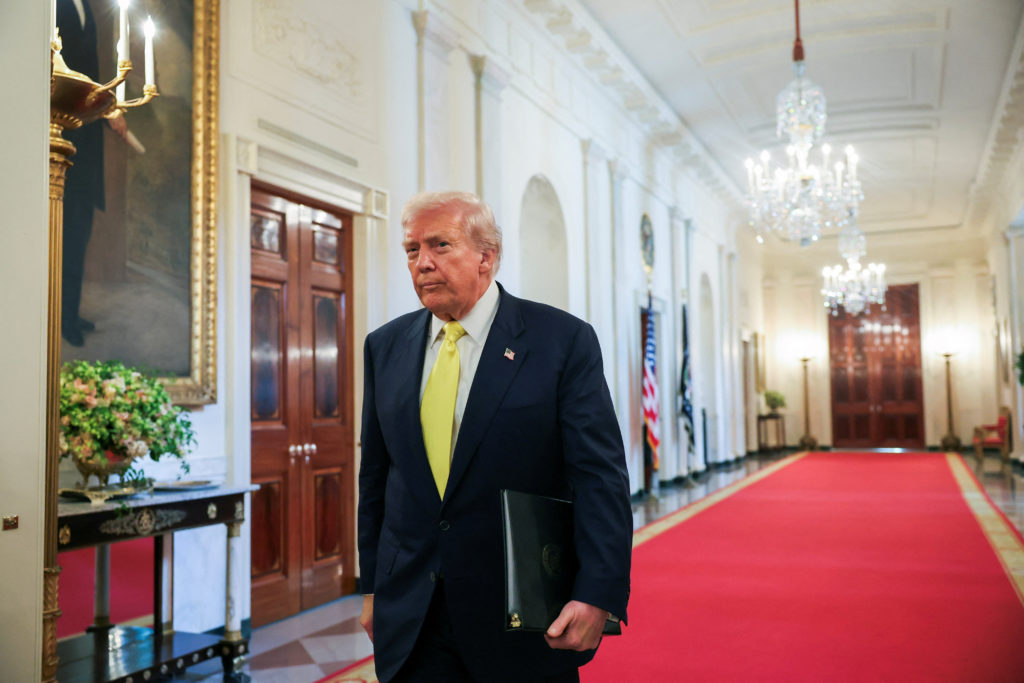
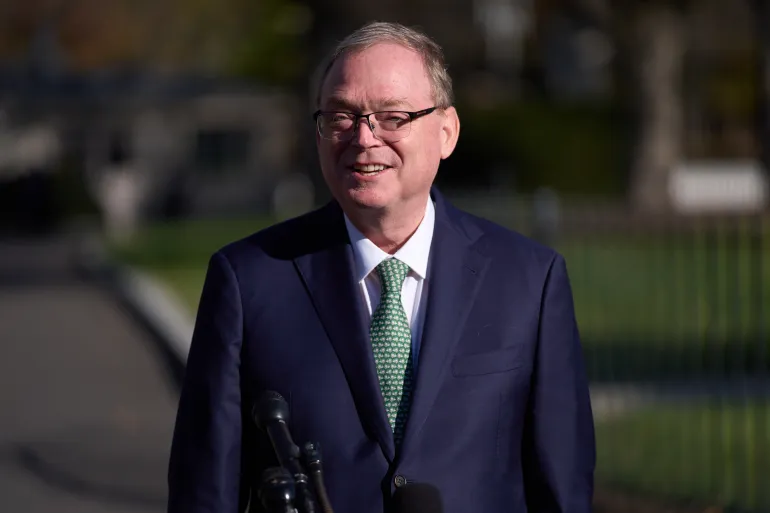



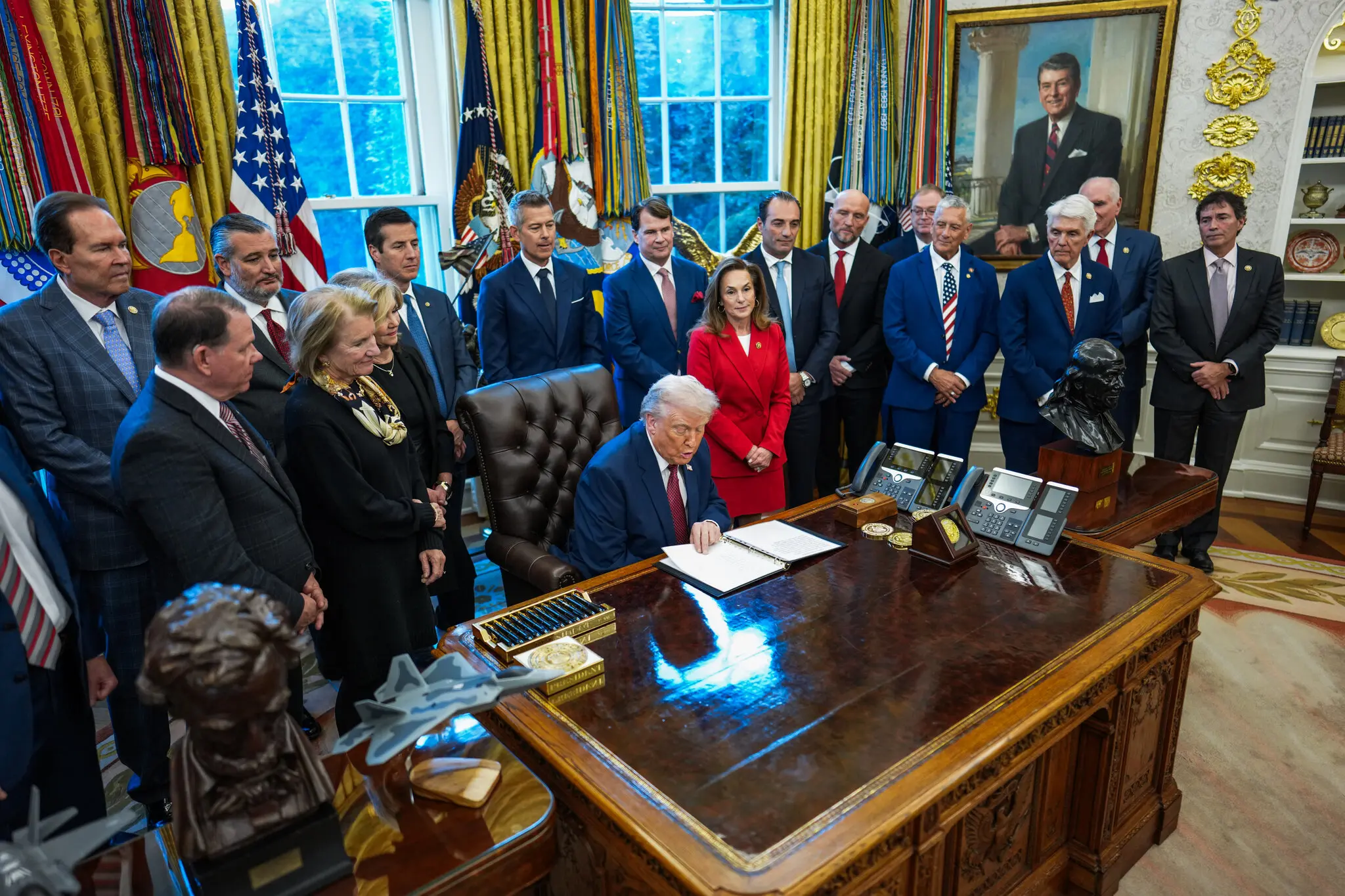

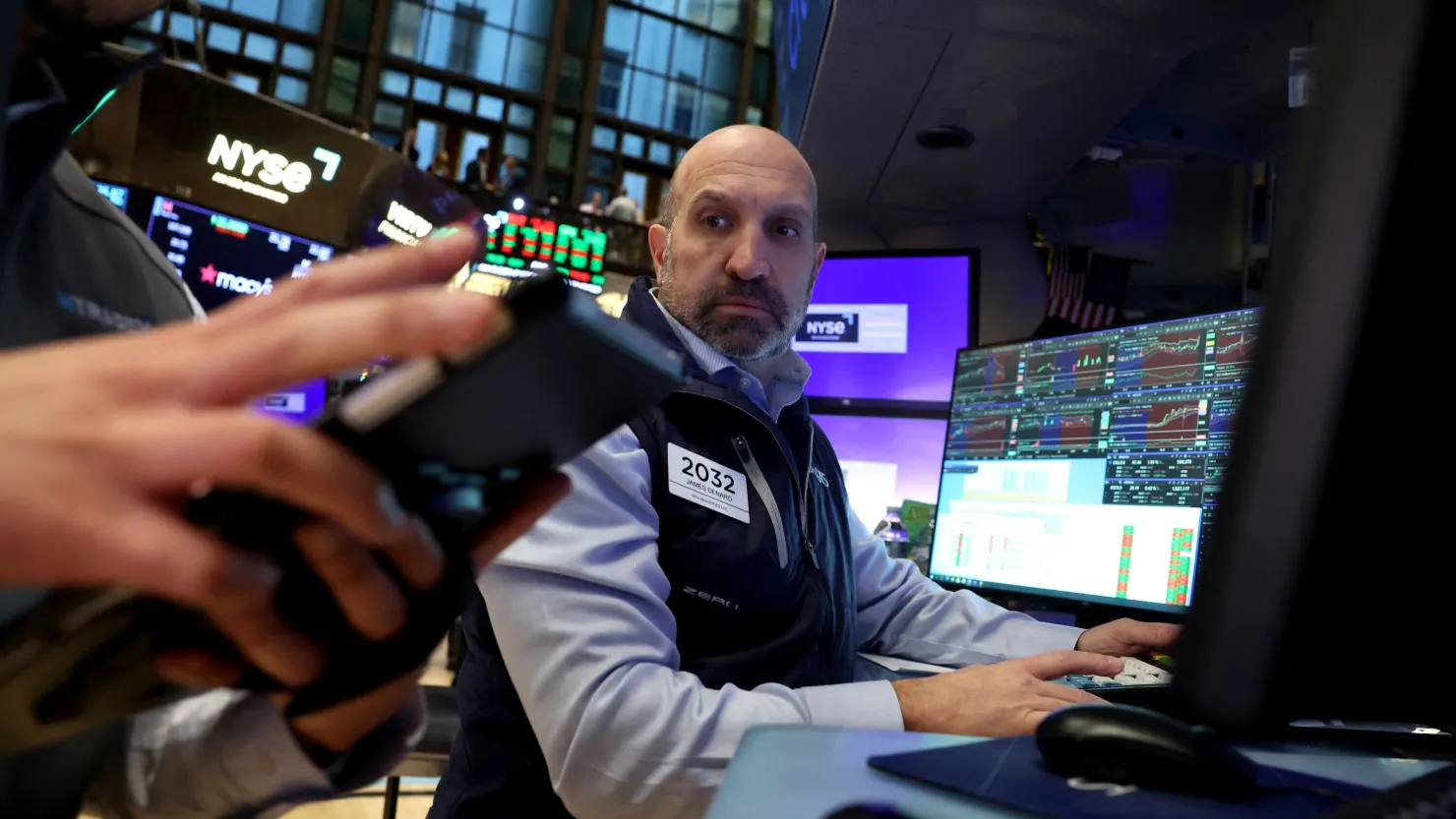


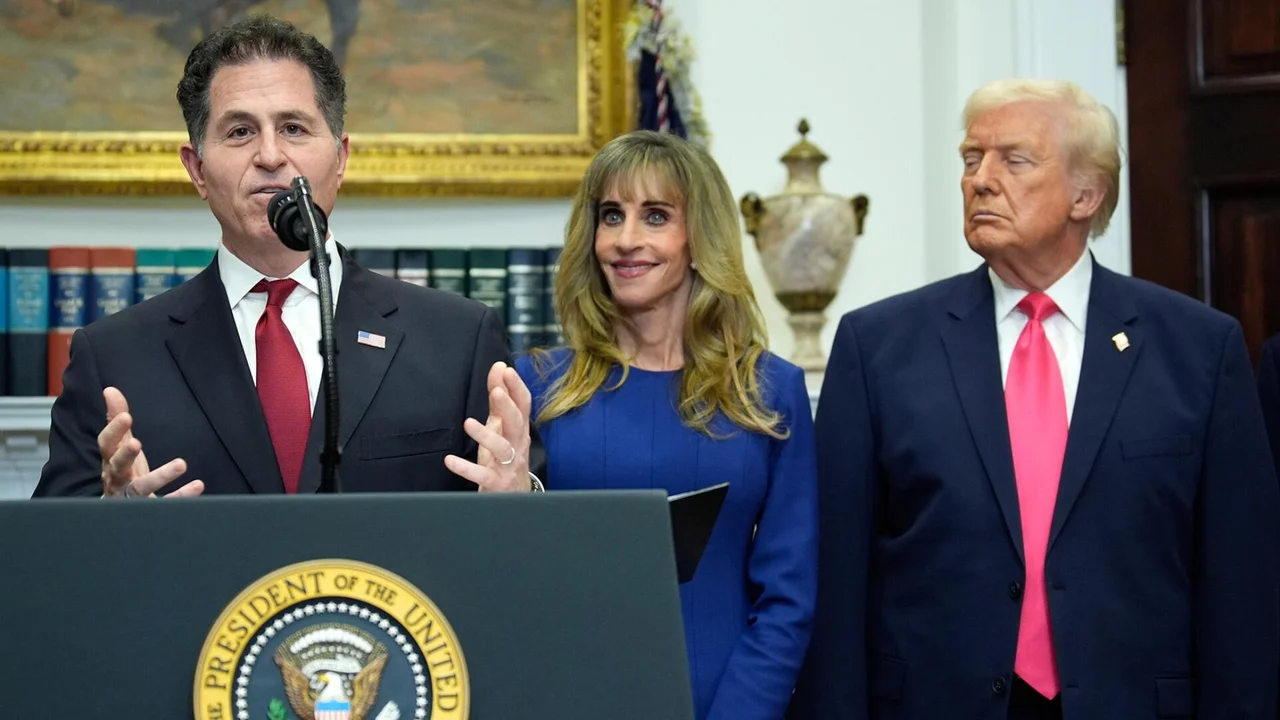




Leave a Reply